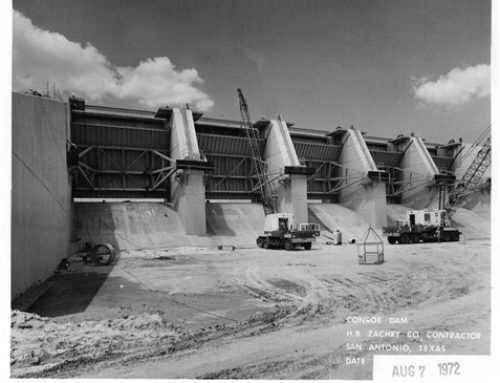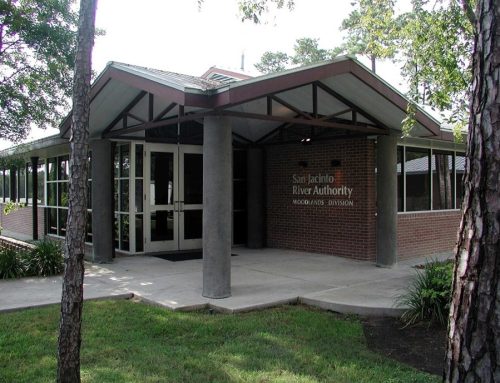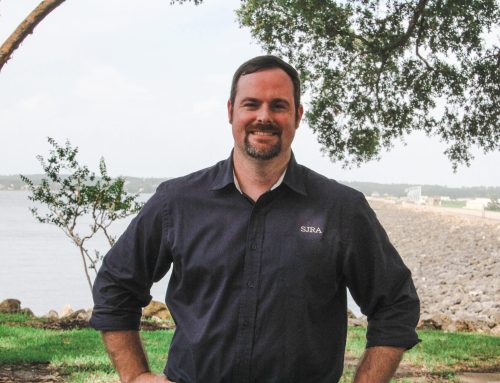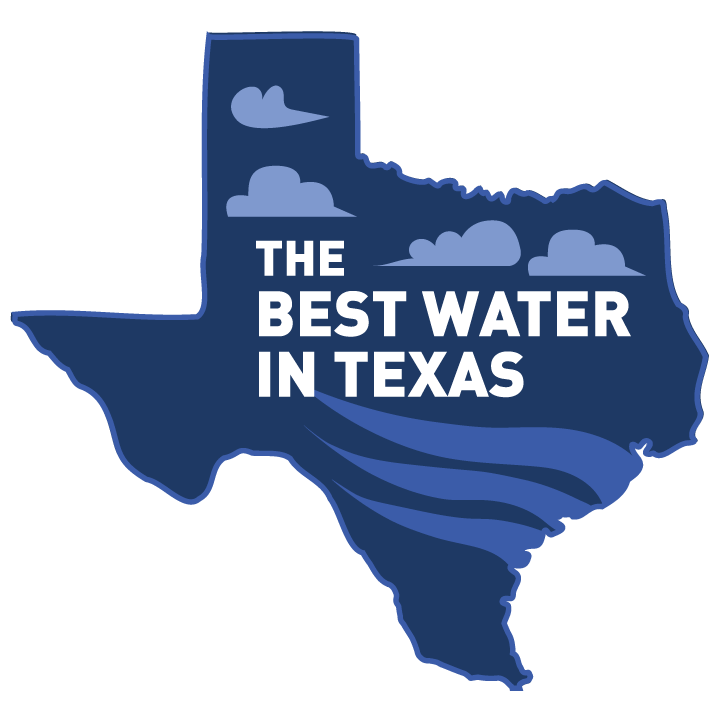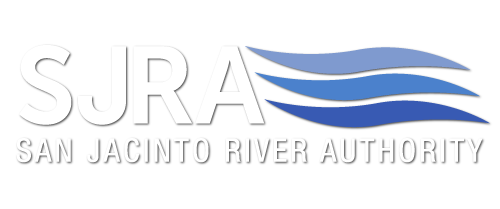After a record seven-year drought in the 1950s, state water planners began preparing water reservoirs to prevent future droughts from having such a negative effect. As a result, shortly after the drought ended, Lake Conroe was planned and constructed as a part of a reservoir boom throughout the state to prevent water shortages during future droughts.
Lake Conroe was formed on the West Fork of the San Jacinto River, and the river flows southeast for roughly 90 miles through Montgomery County until it reaches the East Fork of the San Jacinto River on the northern rim of Lake Houston.
From the very beginning, the SJRA devoted most of its resources to providing soil conservation services for farmers and ranchers beginning in 1946 with the goal of improving the agriculture of the area and preventing negative impacts to the watershed from soil erosion, as well as serving vital industries in The Highlands. The SJRA Board of Directors entered into a joint program with the San Jacinto Soil Conservation District in which the Conservation District would furnish engineering and planning for the reclamation measures undertaken by the SJRA within the area.
The SJRA also has put resources into providing soil conservation services for farmers and ranchers beginning in 1946 to improve local agriculture and prevent negative impacts to the watershed from soil erosion.
Despite all the successes the SJRA has achieved in the area of land and soil conservation, the primary focus has always been and will continue to be water supply development. That is why the SJRA has taken great pride and put in decades of work in developing Lake Conroe to the lake it has become. The Lake Conroe dam constructed to impound the waters of the reservoir was completed in January, 1973, and it was filled by October 31, 1973. The lake now covers a 21,000-acre area and extends about 21 miles from the dam to the upper reaches of the West Fork of the San Jacinto River, with 5,000 acres lying in the Sam Houston National Forest.
In addition to the water supplies in Lake Conroe, the SJRA has been quietly working over the past 70-plus years to develop long-term water supplies throughout the San Jacinto and Trinity river basins to ensure adequate water for both municipal and industrial customers. These efforts began in 1945 with the acquisition of the old Works Project Administration canal system serving ship channel industries, as well as water rights in the San Jacinto River – before the construction of Lake Houston. Since that time, the SJRA has acquired additional water supplies in the Trinity River basin.
In September of 2009, following years of negotiations, the SJRA completed a contract with the City of Houston to purchase the right to use the City’s 2/3 share of the water supplies in Lake Conroe. This important acquisition makes all of the water in Lake Conroe available for Montgomery County users, although it isn’t expected to be needed until approximately 2025.
In September 2015, Lake Conroe began providing an alternative water source to supplement groundwater sources in Montgomery County as a source of drinking water. Rapid population growth and the resulting increase in water demand in the county has strained the sustainable groundwater supply and prompted the Lone Star Groundwater Conservation District to mandate a reduction in groundwater withdrawals. The SJRA responded to this mandate by entering into voluntary agreements with over 90 public and private entities in Montgomery County to construct a water treatment system using surface water from Lake Conroe in order to create a more balanced approach to supplying the water needs of the entire Montgomery County area.
The San Jacinto River Authority’s history of water supply acquisitions has made it possible for Montgomery County to have reliable, cost-effective water supplies to meet its future water needs.

